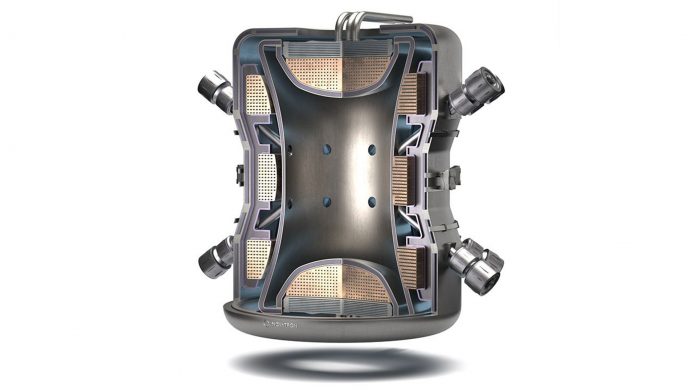The KTH Royal Institute of Technology has revealed it is collaborating with Novatron Fusion Group AB and EIT InnoEnergy to innovate solutions to the challenges stopping fusion energy commercialisation.
KTH is investing in fusion power due to its exceptional potential to provide a powerful, sustainable energy source to meet our energy needs. The objective of the project is to evaluate new technology that stabilises fusion plasma – a type of matter that reaches beyond 100 million degrees Celsius. The development of such technologies could take fusion energy to new frontiers and one step closer to commercialisation.
Diego Pavia, the CEO of EIT InnoEnergy, said: “Transforming a technical breakthrough into a viable and commercial solution requires indeed a range of skills, resources and expertise that can only be achieved by bringing different partners together. We are pleased to announce this collaboration.”
What will the project involve?
Before fusion power can be utilised as a stable and sustainable source of energy, there are a host of challenges that remain regarding handling fusion plasma, as steel or any other material cannot cope with the extreme heat of the plasma.
In the ITER fusion reactor in France, the reactor stabilises fusion plasma via a process that involves employing powerful magnets and advanced controls. However, the new collaboration will evaluate a solution that naturally stabilises the plasma, which will require a large number of fusion energy scientists and engineers.
Peter Roos, the CEO of Novatron Fusion Group, commented: “We are proud to work in partnership with KTH Royal Institute of Technology and EIT InnoEnergy on fusion power as the sustainable energy source for the future. It highlights the scientific importance of the Novatron concept, and it will provide us with further access to state-of-the-art technology, leading research in plasma physics and computer simulations capabilities.”
The path toward fusion energy commercialisation
The goal of the project is to pioneer fusion energy on a commercial scale so that it can become a sustainable future energy solution, which is essential as electricity consumption is forecasted to increase globally.
Stefan Östlund, vice president for Global Relations at KTH and professor of Electric Power Engineering, explained: “It is important to point out that the technology faces experimental verification.”
If the technology is successful, it could produce fusion power more simply and cheaply than other current solutions, allowing KTH to become one of the key players involved in advancing fusion research and education.
Ericsson concluded: “This collaboration strengthens KTH’s role both in fusion research and innovation development. If this works, it will lead to the emergence of a completely new global industry starting at KTH.”









